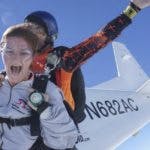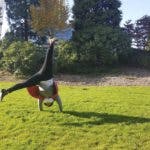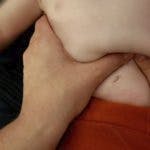Anal atresia is a genetic malformation that can occur in a developing child in the womb; the child is born typically with a functioning bowel system, but the anus (the opening to where poop exits) does not form correctly, and there is no way for the poop to pass outside the body. The medical treatment and process for these children after birth typically includes a colorectal surgeon, a colostomy bag, surgical creation of the anal opening, and dilation of the surgically created anus by the child's caregivers for 6 months.
Pelvic floor physical therapy can help these children at any age, though ideally the child would be seen as soon as the surgeon approves the start of therapy. Pelvic floor therapists will assess the pelvic floor functioning (how well does the child have control over their ability to hold pee and poop in, push poop out, and relax to let pee out). The muscles of the pelvic floor in children with anal atresia are slightly modified from a typical pelvic floor, but they still have the potential to function appropriately to keep the child clean and dry throughout the day. Physical therapy treatment for these children involves a delicate balance of pelvic floor therapy, abdominal work to assist with recovery from the use of the colostomy bag, medical management, and communication with the gastroenterology provider.
Blog Articles



